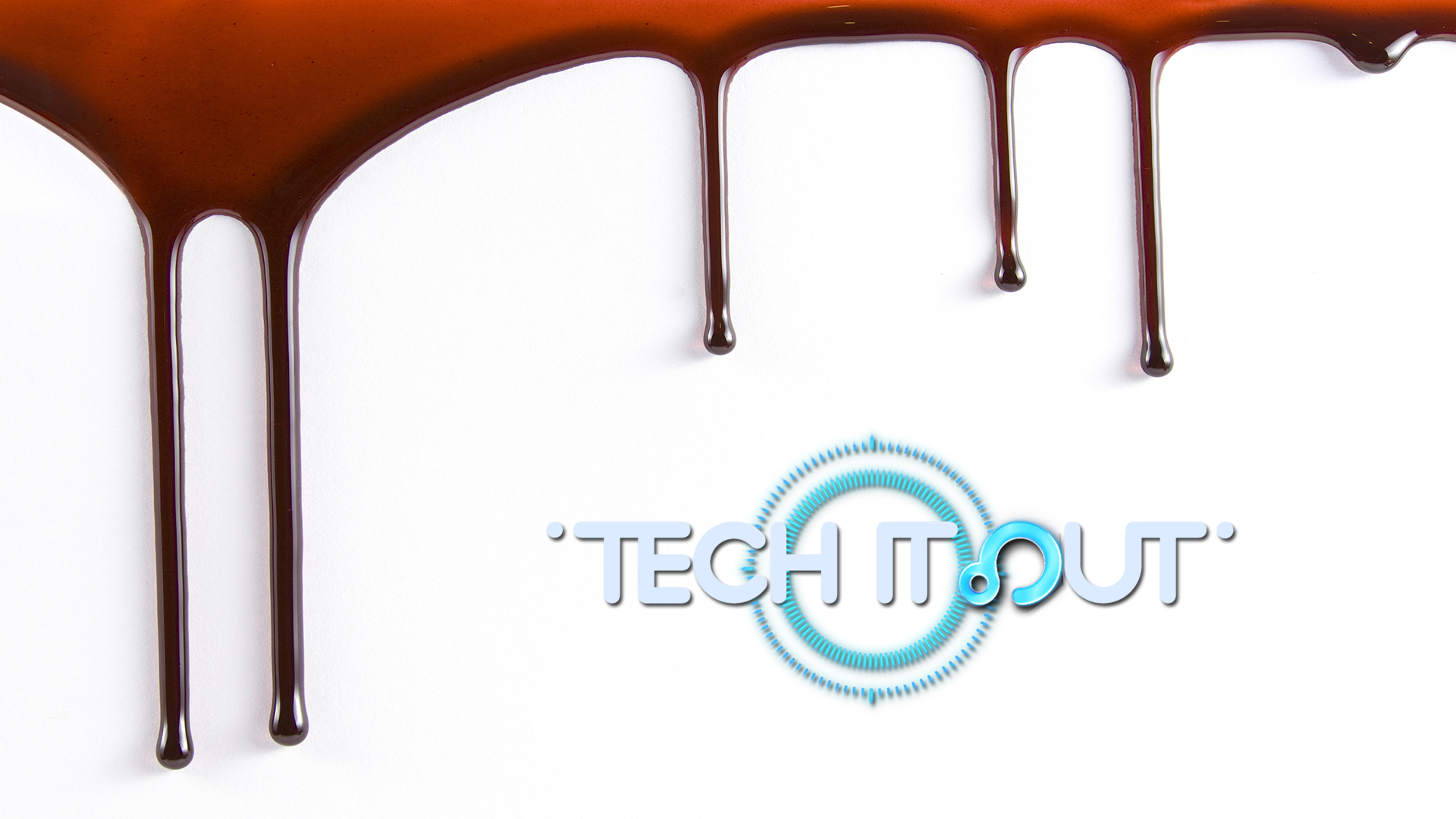07:09

Uncontrolled bleeding is a deadly killer. Stabbings, car accidents, penetrating injuries. Once your arteries have been severed, bleeding could be extremely traumatic.
The human body will naturally form blood clots, but it can be too slow to deal with serious injuries. In fact, some injuries can kill you in just five minutes.
How do we stop them quickly in a way that can work with the body?
Usually, scientists buy all kinds of animal tissue to use as experiment materials. They need to check how to repair and stop bleeding on different kinds of tissues, like the liver, heart, kidney and skin.
Numerous attempts have been made to create swifter-acting surgical adhesives in the scientific community, but just a few nontoxic materials can adhere to wet tissue while resisting pressure and movement.
Professors Ouyang Hongwei and Hong Yi from Zhejiang University accepted the challenge.
So, what secrets do our bodies hold? Though many people know that our body is made of cells, not many know that the cells actually sit on a mesh of proteins and sugars. This is known as the extracellular matrix or ECM and helps hold cells in place.
ECMs provide a home to cells and make up our skin, muscles and organs. When these tissues are wounded, the ECMs break. So, if scientists want to make something to heal wounds and stop bleeding, the recipe of ECM is what they want to copy.
Though ECMs are different in every single part of the body, they are all made by two basic components, collagen and a polysaccharide.
There are 20 to 30 kinds of collagen and many different kinds of polysaccharides. Scientists in Zhejiang University needs to list them and make different combinations, just like making a recipe.
But copying from ECMs is not enough; an effective adhesive needs to quickly bond to wet tissue surfaces.
To solve the problem of building the bridge pier in the water flow, engineers use an improved type of cement that could quickly turn from liquid to gel. That characteristic is what scientists need for their surgical adhesive.
When the scientists test their adhesive on the pig liver, they stab the liver and bury a tube inside to act as a blood vessel and simulate the process of bleeding.
But as they apply the gel and irradiate it with UV light, the wet wound sticks together, and bleeding stops in just seconds.
The scientists also found that the set gel can resist liquid pressure of up to 300 millimeters of mercury, way higher than the reading for hypertension, proving that it can work under extreme conditions.
Inspired by the ECM structure, the gel contains a kind of collagen derivative called GelMA and a type of polysaccharide derivative called HA-NB.
Activated by light, HA-NB forms a special chemical structure called aldehyde group, which could bond tightly with amino groups on the surface of human tissues, even on a wet organ surface.
When HA-NB connects to a tissue's surface, GelMA is also involved. It can quickly set under UV light, resist blood flow and provide a perfect working environment for HA-NB.
It seems that they each perform their own duties, but that's not all. GelMA also has amino groups, which means it can bond with the HA-NB aldehyde group and provide extra security.
Because of the structure with double networks that connect to each other, it is very strong mechanically.
Since last year, the gel has proved effective on lab animals, from rabbits to pigs to broken livers and arteries.
Our heart is the most powerful organ and also has the highest blood pressure in the left ventricle. Scientists used 12 pigs weighing 50-60 kilograms, as heavy as an adult human, to simulate the human heart.
They first punched a six-millimeter hole in the left ventricle and then punched a bigger hole measuring eight millimeters. Using the gel, they stopped the bleeding in about 10 seconds. All 12 pigs survived and fully recovered after one week.
Currently, the gel is not strong enough when the scientists pull on it. They hope to improve this particular characteristic. They are also exploring other uses for this innovative gel.
"Imagine this scene in the future, no matter which part of your body is broken, we can [use this gel], then you can move freely while your body can heal itself," the professor said.